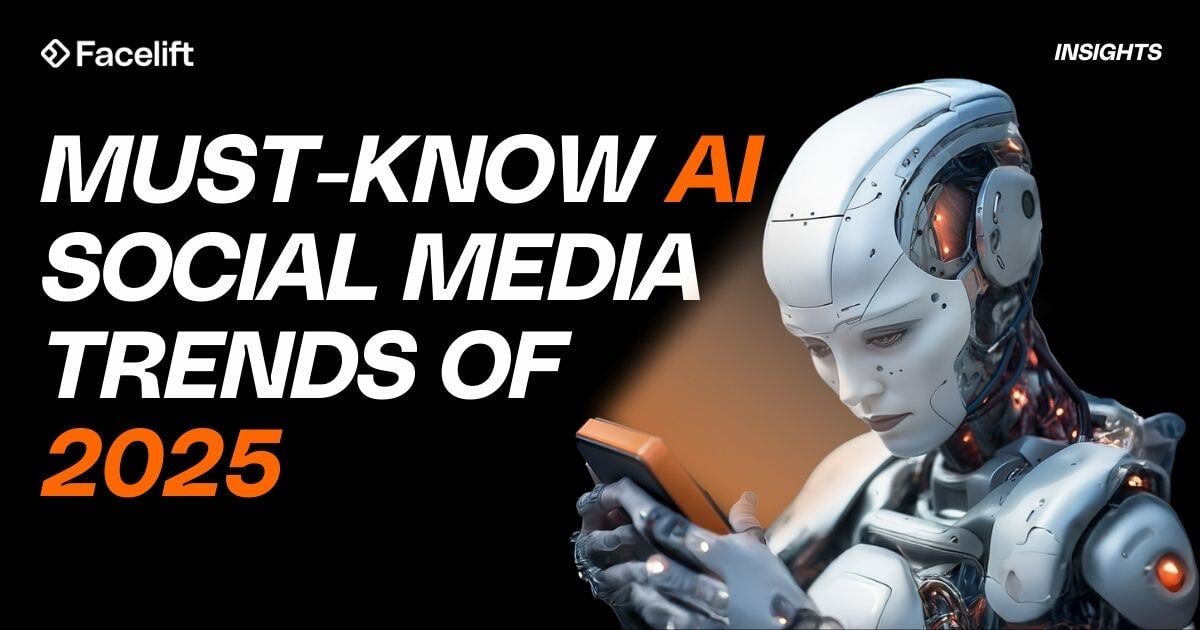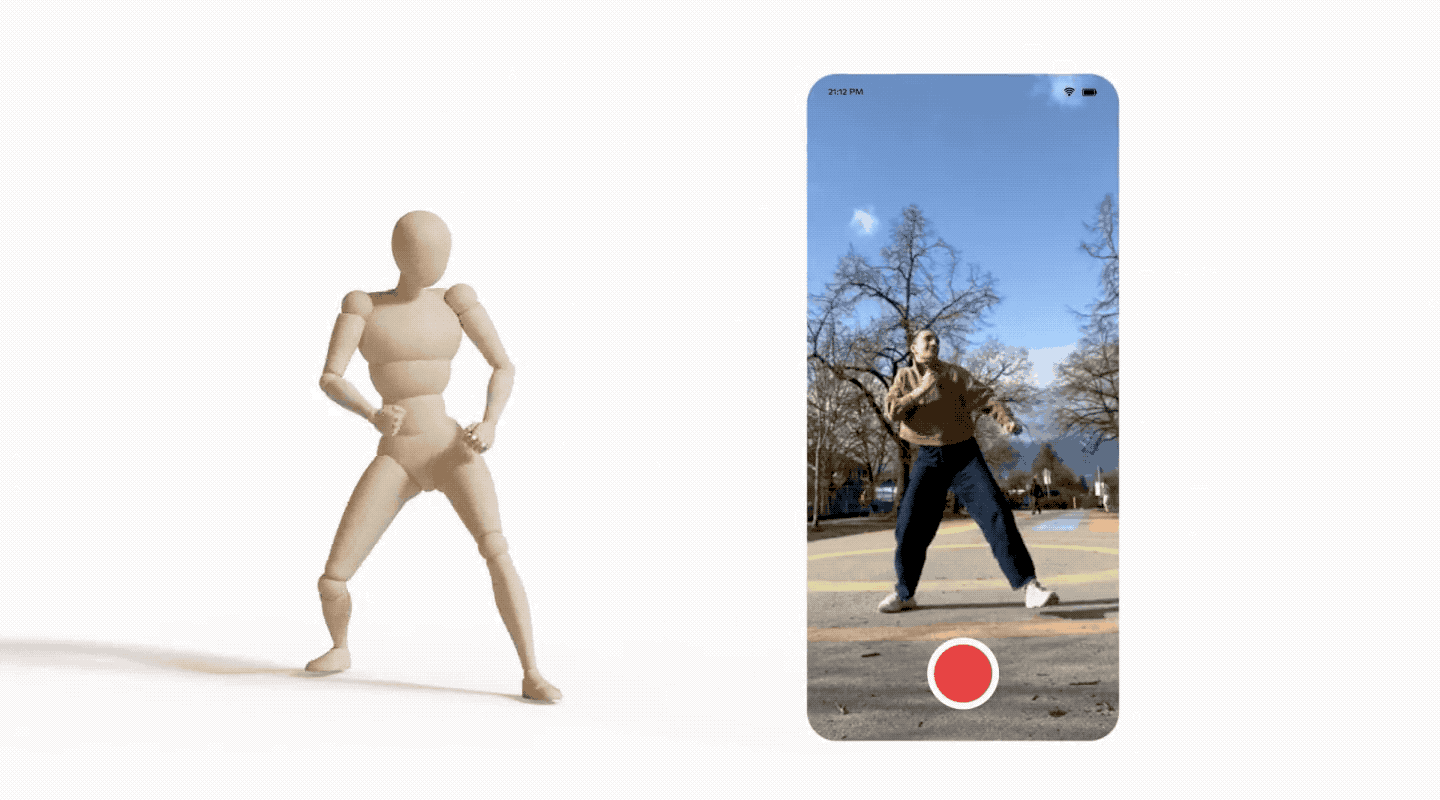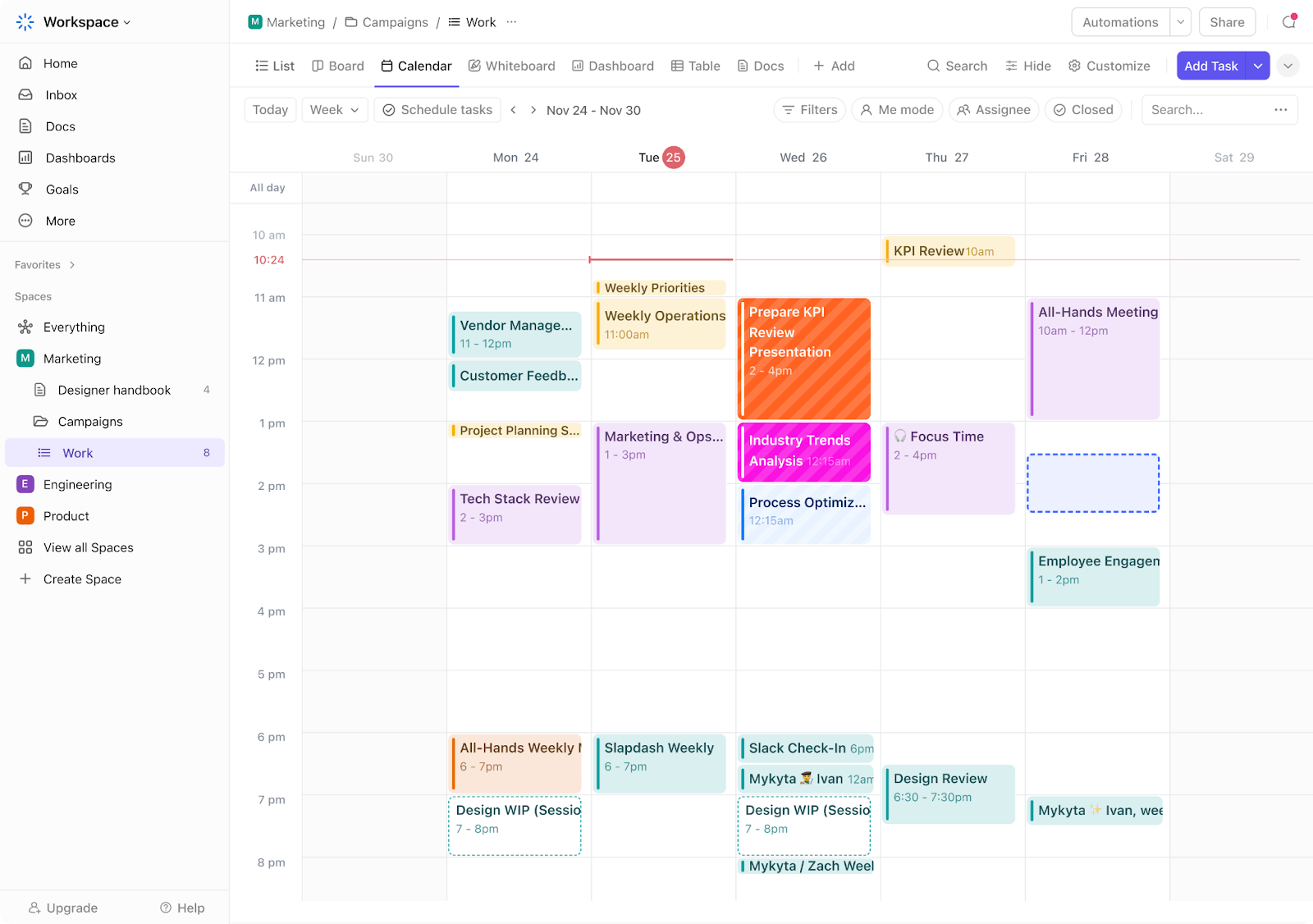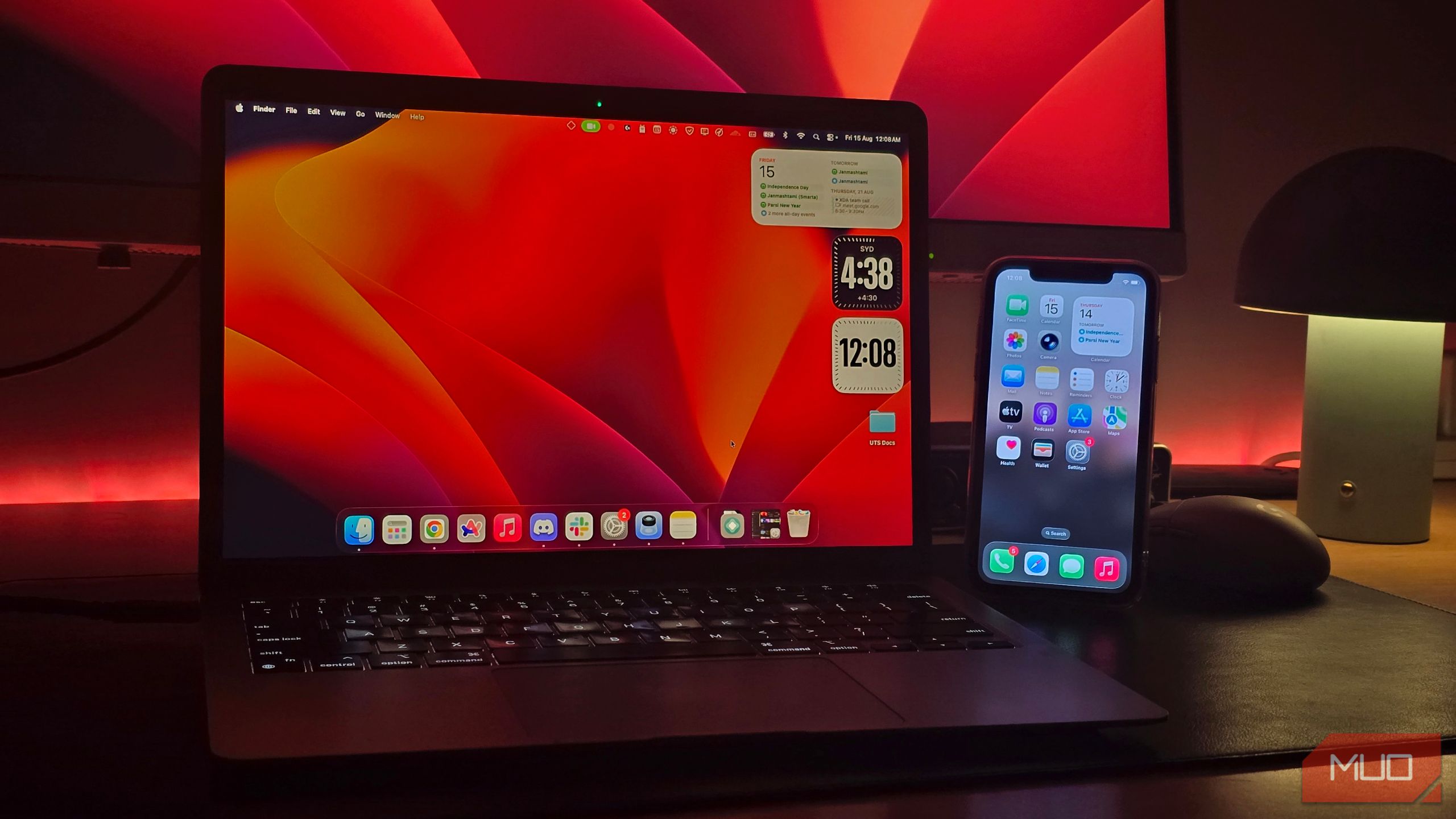Artificial intelligence (AI) has moved past automating basic tasks and is now helping brands think bigger than ever before – and it seems like just about every brand is on board.
In 2025, AI will continue to impact and redefine social media strategy, driving smarter campaigns, and making connections at scale. It has become almost ubiquitous with software at this point, and very few companies aren’t scrambling for ways to make it a part of day-to-day operations.
Let’s break down the key trends shaping social media this year and how you can prepare to thrive in this new era.
1. Predictive analytics: seeing what works before it happens
Wouldn’t it be great to know exactly what your audience wants to see next? Predictive analytics tools powered by AI are turning this into reality. These tools analyze patterns in social media data to forecast future behavior, which helps brands improve timing and relevance in their content.
How it helps:
- Identify emerging trends before they become mainstream.
- Share posts at the perfect time for maximum engagement.
Pro Tip: Use analytics platforms like Facelift Data Studio to spot patterns in audience engagement and adjust your strategies accordingly. This can lead to a noticeable boost in post performance and campaign ROI.
2. AI agents: the new frontline of social media interaction
AI agents are transforming how brands interact with their audiences. These intelligent systems, ranging from chatbots to virtual assistants, will be designed to engage users directly on social platforms, answering questions, resolving issues, and even driving sales.
In 2025, AI agents are set to become the backbone of real-time communication in social media.
Here’s how they’re making an impact:
- 24/7 responsiveness: AI agents can handle customer inquiries, complaints, or feedback at any time, and in much greater detail than ever before.
- Personalized interactions: Leveraging audience data, they deliver tailored responses that feel human while providing highly relevant recommendations or solutions to individual needs.
- Content and trend insights: Advanced AI agents analyze user interactions to surface trending topics, frequently asked questions, or popular products, giving teams actionable insights to refine their strategies.
- Crisis management support: In situations where brand reputation is at stake, AI agents can provide instant, measured responses, minimizing the fallout while flagging issues for human escalation.
Why this matters: The ability to create custom, AI agents to meet your own business needs will become a fundamental part of any communication strategy. Given the speed and 24-hour nature of social media, an automated system will need to step into this role.
However, we don’t predict that this means social media managers – or anyone else – will become irrelevant. It is just another tool in their kits to make day-to-day, routine tasks easier and more efficient.
3. AI tools for social media content: faster and smarter
Creating engaging content can feel like an uphill battle. AI is stepping in to lighten the load by generating captions, suggesting hashtags, and even drafting full posts tailored to your audience. While AI-generated content still can’t always capture the human element that humans can still clearly recognize, we predict that its ability to do so will move forward by leaps and bounds soon.
Whether this will be for the better or worse for society, we can’t say, but it’s a trend that cannot be ignored either way.
What this means for your team:
- Focus your energy on strategy and creative ideas rather than repetitive tasks. These will begin to go away.
- Produce content that really resonates with specific audience segments more easily.
Action Step: Test tools that assist with content creation. These platforms offer a solid foundation you can refine and personalize to meet your brand voice. Facelift itself now features AI-assisted content creation!
4. AI-powered video editing: easier than ever to go viral
Video remains the most engaging content type in social media, and AI is making it accessible for everyone. Advanced editing tools are helping brands create high-quality videos without needing a full production team.
Examples of what AI tools can do:
- Automatically transcribe and subtitle videos for accessibility.
- Edit raw footage into polished content quickly.
Pro Tip: Start small by using tools like Pictory AI or Runway AI to improve existing content. Simple upgrades, like subtitles or quick trims, can make your videos more professional and appealing. Furthermore, accessibility is now an issue, and search engines and networks alike may begin penalizing content that does not meet user-friendly specifications, such as subtitles.
5. Amplify your reach with employee advocacy and AI
While AI tools are transforming many aspects of social media, content strategies still thrive on the authenticity that only people can bring for the time being. Employee advocacy is a prime example.
Why does this matter in 2025? AI-generated insights can help you understand what type of content performs best with different audiences. Facelift Amplify allows businesses to share pre-approved, branded content with employees, who can then customize it for their personal networks. Pair this with Amplify’s ability to distribute content through employee networks, and you have a potent combination of human trust and strategic precision.
Here’s how to make it work:
- Use predictive analytics from AI tools like Facelift Data Studio to identify trends and top-performing content themes.
- Share these insights with employees, helping to make sure they’re equipped with relevant, impactful content they actually want to share.
- Train employees to personalize the content to reflect their voice, creating authentic, relatable connections with their followers.
This mix of AI insights and orchestration creates a scalable way to boost brand awareness, engage audiences, and build trust without compromising on the human touch.
6. Social media orchestration and AI
Artificial intelligence works best when it’s part of a larger, unified strategy. Social media orchestration helps tools, teams, and tactics stay aligned to work seamlessly together, breaking down silos and enabling consistent execution across departments. AI supercharges SMO by:
- Helping teams identify shared goals and opportunities: AI tools analyze data from multiple channels, surfacing trends and insights that teams can act on together—whether it’s spotting untapped audience segments or aligning content with emerging trends.
- Streamlining workflows for publishing and scheduling content: With AI, teams can automate repetitive tasks like scheduling, approvals, and post optimization, freeing up time for creative work while maintaining consistency.
- Providing predictive insights to refine strategies: AI can forecast content performance, optimal posting times, and even audience sentiment, allowing teams to adapt campaigns in real-time and focus on what truly drives results.
Key takeaway: AI-powered SMO combines the strengths of technology and collaboration, ensuring every tool, post, and campaign works toward your overarching business goals. When paired with a unified, AI-driven platform like Facelift, the results can be absolutely transformational.
Learn more about social media orchestration by exploring our Social Media Orchestration Manifesto
Steps to take now to prepare for 2025
- Upgrade your tools. Invest in platforms that use AI to improve analytics, content creation, and campaign management.
- Upskill your teams. Artificial intelligence is already a fundamental part of many peoples’ daily workflows, but it’s still a complex area. As it evolves, employees will need to know how to leverage it.
- Focus on personalization. Use AI to understand your audience’s preferences and deliver tailored experiences.
- Leverage video. AI-powered tools make it easier than ever to create impactful video content.
- Adopt orchestration principles. Align your teams and tools under a unified strategy to get the most from AI.
preparing for an AI-powered future
Artificial intelligence is transforming social media – and just about everything else – but its success is going to depend entirely on how you use it.
As with all things orchestration-related, aligning AI with a clear strategy that addresses real business objectives is the only way you’ll position your brand to lead the way in 2025.










